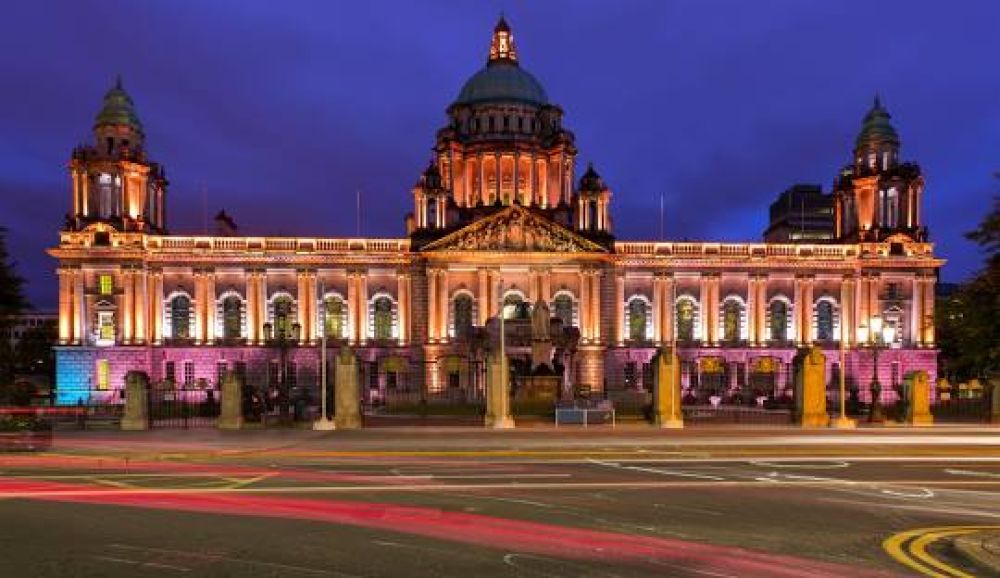

The city of Belfast, the capital of Northern Ireland, has a rich industrial heritage that stems predominantly from its shipbuilding, linen industry, and tobacco production. The most iconic representation of its shipbuilding prowess is the RMS Titanic, which was built in Belfast's Harland and Wolff shipyard and launched in 1912. For many years, the city's industrial might overshadowed tourism as a focal point of economic activity.
During the latter half of the 20th century, Belfast experienced a period of conflict known as "The Troubles," which significantly affected tourism. Political and sectarian violence deterred visitors and the city was not a prominent destination on the tourist map. However, the signing of the Good Friday Agreement in 1998 marked the beginning of peace and a new era for tourism in Belfast.
In the years following the peace agreement, Belfast embarked on a path to reinvent itself as a tourist destination. Key to this transformation was the emphasis on its historical and cultural heritage, particularly around the Titanic. The opening of the Titanic Belfast museum in 2012, located in the heart of the Titanic Quarter, was a significant step in boosting Belfast's tourism appeal. The museum provides a state-of-the-art, interactive experience delving into the story of the famous ship, from its construction to its tragic end.
The Belfast Festival at Queen’s, one of the city’s cultural highlights which began in 1962, has grown to become one of the largest arts festivals in the UK and Ireland, attracting visitors from around the world to an array of performances, art exhibitions, and cultural events. Additionally, Game of Thrones filming locations have become a major tourism draw as fans flock to see the landscapes and castles that formed the backdrop to the popular TV series.
Recent trends in Belfast tourism reflect a growing appetite for authentic and immersive experiences. Culinary tourism has surged, with visitors seeking to sample traditional Northern Irish cuisine as well as modern gastronomic delights. Food tours and craft brewery visits offer insights into local culture and tastes.
Another popular trend is the interest in dark tourism, which involves travel to sites associated with death and tragedy. Belfast's troubled past and its efforts for peace make it a compelling destination for those interested in history and conflict resolution.
Additionally, the push for sustainable travel has influenced Belfast's tourism strategy. The city is keen on promoting itself as an eco-friendly destination, with green spaces such as the Botanic Gardens and numerous cycling paths inviting tourists to enjoy the city’s natural beauty while minimizing their carbon footprint.
The Great Outdoors has also become an increasingly important aspect of Belfast’s tourism offering. The proximity of the city to natural wonders such as the Mourne Mountains and the Causeway Coastal Route encourages tourists to partake in hiking, cycling, and other outdoor activities.
Belfast's tourism industry looks toward the future with optimism. Continued investment in infrastructure, a growing arts scene, and a focus on diverse experiences keep this vibrant city on the itinerary of travelers from around the world. With its blend of history, culture, and a commitment to peace and reconciliation, Belfast is a destination that tells a story of transformation that resonates with many who visit its shores.